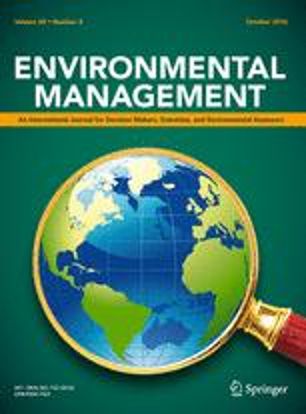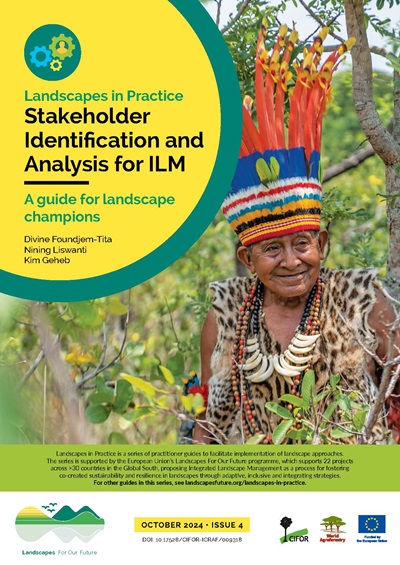Swidden agriculture is often deemed responsible for deforestation and forest degradation in tropical regions, yet swidden landscapes are commonly not visible on land cover/use maps, making it difficult to prove this assertion. For a future REDD+ scheme, the correct identification of deforestation and forest degradation and linking these processes to land use is crucial. However, it is a key challenge to distinguish degradation and deforestation from temporal vegetation dynamics inherent to swiddening. In this article we present an approach for spatial delineation of swidden systems based on landscape mosaics. Furthermore we introduce a classification for change processes based on the change matrix of these landscape mosaics. Our approach is illustrated by a case study in Viengkham district in northern Laos. Over a 30-year time period the swidden landscapes have increased in extent and they have degraded, shifting from long crop-fallow cycles to short cycles. From 2007 to 2009 degradation within the swidden system accounted for half of all the landscape mosaics change processes. Pioneering shifting cultivation did not prevail. The landscape mosaics approach could be used in a swidden compatible monitoring, reporting and verification (MRV) system of a future REDD+ framework.
Download:
DOI:
https://doi.org/10.1016/j.apgeog.2011.07.011
Altmetric score:
Dimensions Citation Count:

























